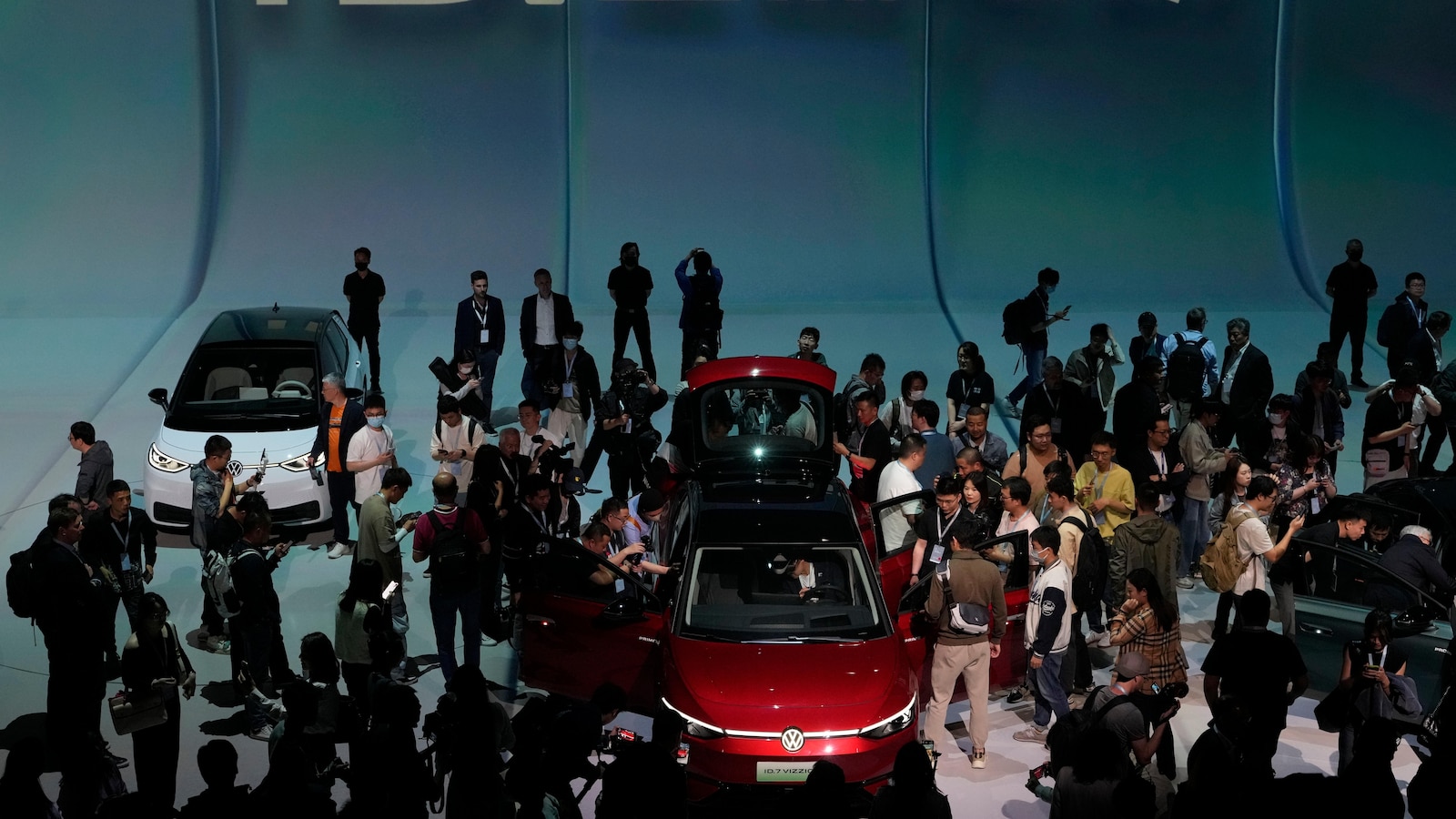The Background of the Tariffs
The EU’s tariffs, which were temporarily implemented in July, have been solidified after unsuccessful talks aimed at resolving differences between the two parties. The European Commission conducted an extensive eight-month investigation, concluding that Chinese EV manufacturers benefit from substantial government subsidies that enable them to undercut European competitors. As a result, the tariffs aim to level the playing field, protecting European jobs and industries from what the EU describes as unfair competition.
Specific Tariff Rates for Chinese Manufacturers
The imposed tariffs vary by manufacturer: BYD faces a 17% tariff, Geely an 18.8% tariff, and state-owned SAIC a significant 35.3%. Other manufacturers like Volkswagen and BMW will incur a 20.7% tariff, while Tesla has a calculated rate of 7.8%. These rates reflect the European Commission’s determination to curb the market share of subsidized Chinese EVs, which have surged from 3.9% in 2020 to 25% by September 2023.
Rationale Behind the Tariffs
European Commission Executive Vice President Valdis Dombrovskis emphasized that the tariffs are designed to uphold fair market practices and protect the European industrial base. He stated, “By adopting these proportional and targeted measures after rigorous scrutiny, we are standing up for fair market practices.” The commission argues that the rapid growth of Chinese EVs could undermine the EU’s capacity to produce the green technologies essential for combating climate change, jeopardizing the jobs of 2.5 million workers in the automotive sector.
The Broader Trade Context
The tariffs on Chinese EVs are part of a larger trade dispute that has seen the EU and China at odds over various issues, including solar panels, which have previously decimated European manufacturers. The EU’s unilateral action to impose tariffs without direct complaints from the auto industry is unusual, as leaders from major automotive firms like BMW, Volkswagen, and Mercedes-Benz have expressed concerns over potential retaliatory actions from China.
China’s Reaction
In response to the EU’s decision, the Chinese government has sharply criticized the tariffs as protectionist and unfair. The Ministry of Commerce has initiated anti-dumping investigations into European exports of brandy and pork, as well as inquiries into dairy subsidies. This tit-for-tat approach reflects the tense atmosphere surrounding trade negotiations, with both sides preparing for a prolonged standoff.
Future Implications and Ongoing Negotiations
The EU’s tariffs will remain in place for up to five years unless a diplomatic resolution is reached. Ongoing discussions between the two parties have centered around potential “price commitments,” wherein car manufacturers would agree to a minimum sales price for their EVs in Europe. Meanwhile, some Chinese manufacturers are considering building factories in Europe to circumvent these tariffs. For instance, BYD is constructing a plant in Hungary, and Chery has established a joint venture in Spain.
The US Perspective
The Biden administration is also taking a hard stance, proposing to increase tariffs on Chinese EVs from 25% to 100%, effectively blocking almost all imports. In contrast, the EU is not seeking such extreme measures, aiming instead for a balanced approach that still allows for the import of affordable EVs while addressing unfair subsidies.


